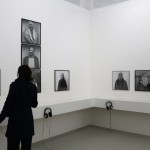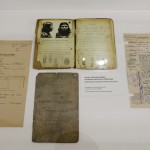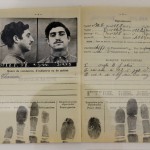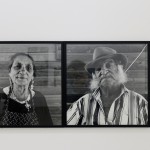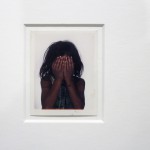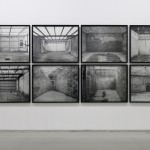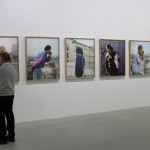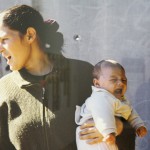Erhältlich bei Wilhelm Fink Verlag
Endlich ist das von Uli Richtmeyer herausgegebene Buch zur Konferenz und Ausstellung „Phantomgesichter“ in Potsdam erschienen.
Biometrische Verfahrensweisen stehen im Zentrum gegenwärtiger Sicherheits- und Überwachungsprogramme. Auch in diversen fotografischen Apparaten, die das Material für digitale Bilddatenbanken liefern, haben sie sich fest etabliert. Obwohl sie auf komplexen Berechnungen basieren, sind biometrische Verfahren wesentlich als Bildbearbeitungstechnologien zu verstehen – so die Grundannahme des Bandes. Erst aus dieser Perspektive gelangen die spezifischen Sicherheiten und Unsicherheiten biometrischer Bilder in den Blick. Sie fallen besonders dort auf, wo sich Biometrie auf ein klassisches Objekt der Erkennungsdienste, das menschliche Gesicht, bezieht. Welche Konsequenzen sich aus der Vorgeschichte und Gegenwart der verwendeten Bildtechnologien sowie ihren trivialen und professionellen Gebrauchsweisen für den Status des artifiziellen Gesichtsbildes ergeben, gilt es nun zu hinterfragen.
U.a. gibt es darin einen Artikel zu meinem Promotionsprojekt. Raul Gschrey: „»A surprising air of reality« – Kompositfotografie zwischenwissenscha licher Evidenzbehauptung und künstlerischer Subversion.“





